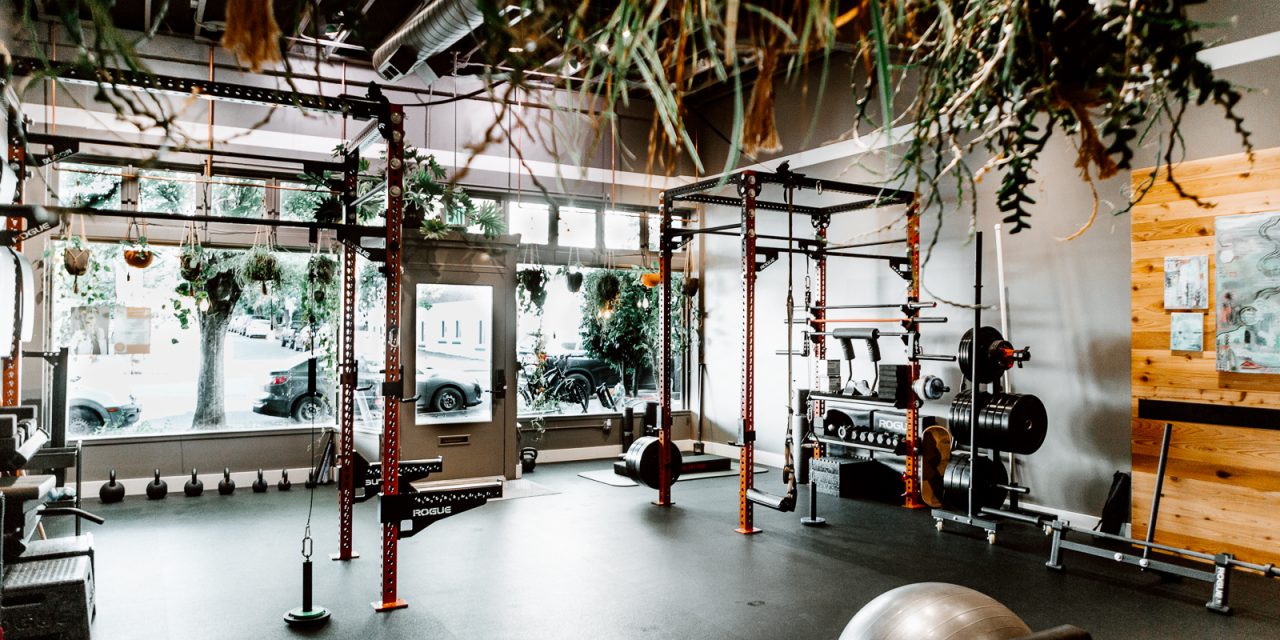Chronic Pain Management at Move Better Chiropractic involves several basic concepts that will be similar across ALL areas of chronic pain. This system is the result of hundreds of patient care hours and a constant evaluation of what collection of thoughts and interventions create the quickest return with the highest length of results. The process can be broken into several phases:
- Change the Language of Pain
- Identify Unsuccessful Patterns
- Replace Patterns
- Create Strength
- Build Surplus
Change the Language of Pain
Pain science has revealed some amazing things. While this article has an amazing collection of thoughts and research, I think one line stands out more than anything:
There are no nerves dedicated to sensing and transmitting pain.
Pain is a collection of experiences and interpretations of stimulus in your life resulting in an output of pain. Pain is only a creation of the mind, but a very real one. Our upcoming blog on Pain Science will discuss more of these fascinating ideas, but right away we need to put these ideas to work. So while you enter the clinic saying that you have chronic pain, we will only ever address it as persistent pain. Chronic implies a long shelf life that has no place when talking about pain. Persistent pain shows that it can easily go away if only we could find the root of the cause.
We will also move away from the word pain altogether. In my former life as a social worker, I vividly remember a conference on behavior change. The presenter was retelling time spent with a holocaust survivor. He questioned the holocaust survivor able this ability to listen to other peoples problems and pains, assuming that the survivor would look down upon these experiences as trivial when compared to the tragedy that he lived through. Instead the survivor said “Pain is like a gas, it fills whatever space you give it.” This statement recognizes that all suffering is real and all encompassing. Whether it is body pain or emotional pain, we all have the ability to let it fill our entire being until there is no room left for anything but the pain. This is why we will not talk about pain in the clinic, but instead talk about function. What part of your life is challenging right now that needs to be easier? These are commonly tasks like going up and down stairs, being able to work, or being able to play with their children. In follow up treatments, we will ask about how these tasks are feeling, not about where your pain is.
In follow up treatments, we will also include a focus around sleep. Sleep is when the body releases most of its Human Growth Hormone (HGH). HGH is a natural hormone your body produces as a signal to repair itself, so if sleep is bad, so is repair. Improving sleep can lead to many treatment options. Some interventions are based around sleep hygiene, others are around food and hydration, and many treatments look at how you sleep and why the body would prefer those positions. By changing how your body experiences the world we begin to remove the limitations to sleep, thereby improving HGH release at night. We also manipulate HGH release by increasing the bodies natural production. The easiest way to do this is to use weighted compound movements. Our goal is to find a comfortable movement and then load it to begin to increase HGH in the body. This brings us to our next phase.
Identify Unsuccessful Patterns
Part of our intake is discovering real life tasks that are problematic due to persistent symptoms. These are often what many of us would say are “simple tasks” but also what our patients realize are most important about life. Losing the ability to play or carry your young children is a tragic loss for many of our patients. The ability to use the restroom comfortably can only be appreciated by those who have lost that ability. Many people don’t realize how often they turn their neck to check their blind spot. These are the tasks we are looking to improve. We look at each of the patterns with an objective eye to see what is different about this pattern. What should this look like in most people. Our most common lens of evaluation makes us ask “is the body loading the right tissue?” Simply put, is the body experiencing stress to a small muscles (usually where the pain is) when it could make a larger muscle handle that stress. More often than not, the answer is an obvious yes. It is also a measurable yes. It is easy for almost everyone to see what they are doing to create pain in a simple slow motion video that can be taken on almost any phone. It is also easy to show that there is another way of doing after we correct the pattern.
Replace Patterns
Once we find the pattern that does not work, replacing it with a pattern that does work is fairly straight forward and easy. It is easy because the correct pattern should load bigger muscles, allow more range of motion, and reduce pain. We really mean it when we say that we are using Movement Based Medicine. We use movement to quickly reduce pain in real time. It becomes pain medication to our patients. Whenever symptoms return, they can do their movements to remove or reduce those symptoms.
Replacing patterns is also easy because the body is happy to experience not pain. Often times our patients have had no options of movement. The only way they know how to move hurts and so they move less. By creating even a small moment of movement with no or less pain, the body will sprint towards those options. If any human had the choice between doing something that hurts or doing something that does not hurt, we will all choose not hurt. One of our most fascinating and amazing interventions for a healing movement is Hinging. It is shocking how many symptoms improve with good hinging pattern.
Nearly every area of pain is improved with hinging!
This movement marvel is why ALL patients will practice hinging on their first visit. It is our most effective, quickest, and productive medicine in treatment of nearly all conditions, especially Chronic Pain. This is not to say that all problems we will fixed with hinging, but hinging is usually where we need to start to add other movement patterns effectively. This is also not to say that this won’t change in the future. If our care ever shows us a better movement, we will rapidly adopt that movement, but for now Hinging is the Rosetta Stone of Movement Based Medicine.
Create Strength
Any person with pain is in deficit. They are in deficit of movement, deficit of sleep, deficit of patience, and deficit of strength. All patients that are willing to actually seek care are telling us something is really wrong and they need help. Their body is in the red and flashing warning lights to fix this problem right now. Bringing people out of the red is not particularly hard. With the system above, change happens fast. It happens so fast that it is not uncommon for a patient with chronic symptoms to deadlift their bodyweight within 3 visits. This is true even for an untrained person. This is true regardless of age or region of complaint. In fact, the only time when this is not true is when there is significant structural damage like an acute disc herniation, an annular tear (a tear on a disc), or an objectively verifiable ligament tear (our exam shows a joint that should move much moves too much and obviously so).
You should pause and really think about what we are saying. People with years of pain, no training, and an inability to pick up their child will be able to load a barbell up to their own weight and pick it up off the ground with no injury or pain. Patients who have never exercised or participated in weight training or even know what a deadlift is can regularly achieve this strength benchmark within 3 weeks (the third treatment usually happens on the third week). And those patients with structural damage will meet the same goal, just a little bit later, usually arriving on week 9 (6 weeks for healing the damage, 3 to build capacity).
Build Surplus
Our goal in creating strength is to make sure your body has so much extra capacity that the idea of normal life creating another injury is unlikely. We are going to make you so strong, that you will dare life to try and hurt you. Creating a surplus of strength allows a confidence in living that most people did not know was missing. This is not to say that injuries will never happen again, but what injures you will be much different. Picking up your kids won’t hurt your back, but skiing off piste on a double black diamond charging moguls might. Reaching over head to put groceries away won’t hurt your shoulder, but kayaking a Class III rapid might. Climbing stairs won’t feel like an act of willpower but hiking Mount Defiance might slightly tweak a knee for a day. Surplus is replacing a small life with a much much bigger one. Pain creates such a small movement box and we destroy that box and give you a life you always wanted. Surplus allows us all to age gracefully. It keeps us out of the hospital and in our lives all the way to end of this wild ride that is being a human.



